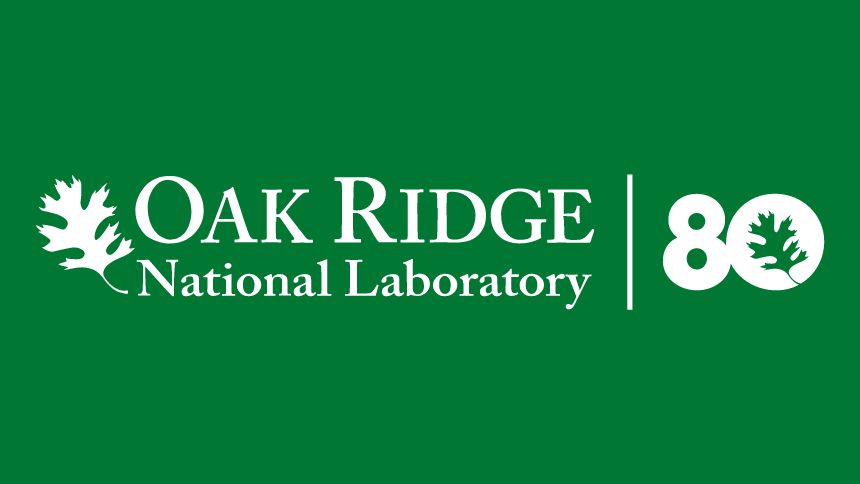
Researchers at ORNL exploring new materials to power quantum computers
The results of a new study by ORNL Materials Scientists Robert Moore and Matthew Brahlek were published in Advanced Materials magazine.
Quantum computing is big in the technology news these days as evidenced by last week’s announcement from Chattanooga during the Quantum World Congress that America’s first commercially available quantum network – the EPB Quantum NetworkSM powered by Qubitekk – is now the nation’s only software-configurable quantum network.
Quantum computers process information using quantum bits, or qubits, based on fragile, short-lived quantum mechanical states. To make qubits robust and tailor them for applications, researchers at Oak Ridge National Laboratory (ORNL) sought to create a new material system.
“We are pursuing a new route to create quantum computers using novel materials,” said ORNL Materials Scientist Robert Moore, who co-led a study published in Advanced Materials with ORNL colleague Matthew Brahlek, who is also a Materials Scientist.
They coupled a superconductor, which offers no resistance to electrical current, with a topological insulator, which has electrically conductive surfaces but an insulating interior. The result is an atomically sharp interface between crystalline thin films with different symmetric arrangements of atoms. The novel interface that they designed and engineered may give rise to exotic physics and host a unique quantum building block with potential as a superior qubit.
“The idea is to make qubits with materials that have more robust quantum mechanical properties,” Moore said. “What is important is that we have learned how to control the electronic structure of the topological insulator and the superconductor independently so that we can tailor the electronic structure at that interface. This had never been done.”
You can read more about their work in this ORNL news release.
Like what you've read?
Forward to a friend!

